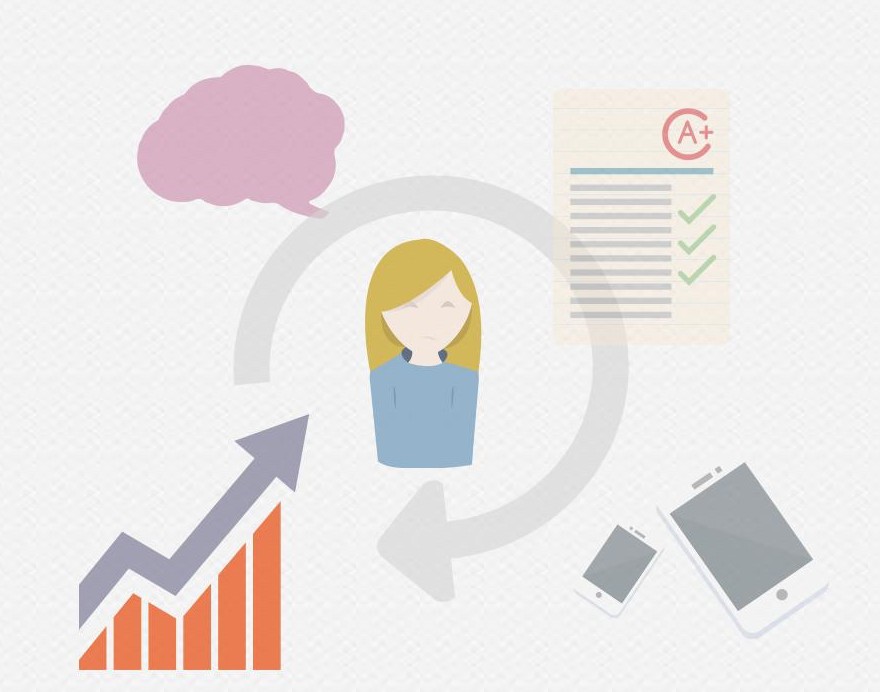
Education is no longer a practice that happens to a student, but one that happens with a student (Bayse, 2014). Promoting student autonomy continues to be an important aspect of preparing students for the future. Previously this year, I investigated the benefits of student autonomy in project-based learning, digital tool selection, and the troubleshooting of technology. In my exploration of ISTE Teaching Standard 2 this week, I am once again investigating student autonomy, but as an important aspect of assessment for learning. I have chosen to specifically focus my exploration of this standard on criterion b. which asks teachers to “develop technology-enriched learning environments that enable all students to pursue their individual curiosities and become active participants in setting their own educational goals, managing their own learning, and assessing their own progress.”
Assessment for learning describes using assessment results to inform instructional practices, and it is often broken into two categories: summative and formative. Summative assessment refers to the evaluation of student learning at the end of a unit of study. Alternatively, formative assessment refers to the monitoring of student learning during a unit of study so that instruction can be modified to meet student needs. Formative assessment assissts both teachers and students alike to identify areas of strengths and weaknesses. It is intended to be ongoing and not embodied in a high stakes final grade. Instead, learning should be modified based upon the feedback gathered, in order to make spiraling attempts at learning. Many methods of formatively assessing students exists. Exit tickets at the end of a lesson can garner data on student mastery of a concept, which can then be used to tailor instruction for the next day’s lesson. Technologies such as polling software can obtain and display student data immediately for the entire class to view and, as a result, be used to modify teaching in real time.
Personalizing Assessment for Learning
Assessment for learning strategies are most impactful when assessment is personalized, allowing students to be involved in their own growth. Basye (2014) claimed that “in addition to responding to students’ needs and interests, [personalization] teaches them to manage their own learning — to take control and ownership of it” (para. 14). Technology is useful in the self-monitoring process, in that online grade books like EnGrade and learning management systems such as Blackboard or Edmodo can allow students to play an active role in tracking and monitoring their progress. Stiggins and Chappius (2005) wrote in “Using Student-Involved Classroom Assessment to Close Achievement Gaps” that students are no longer shocked at the end of a grading period by their grade when formative assessments are implemented, and, as a result, trust and confidence are established between teacher and student.